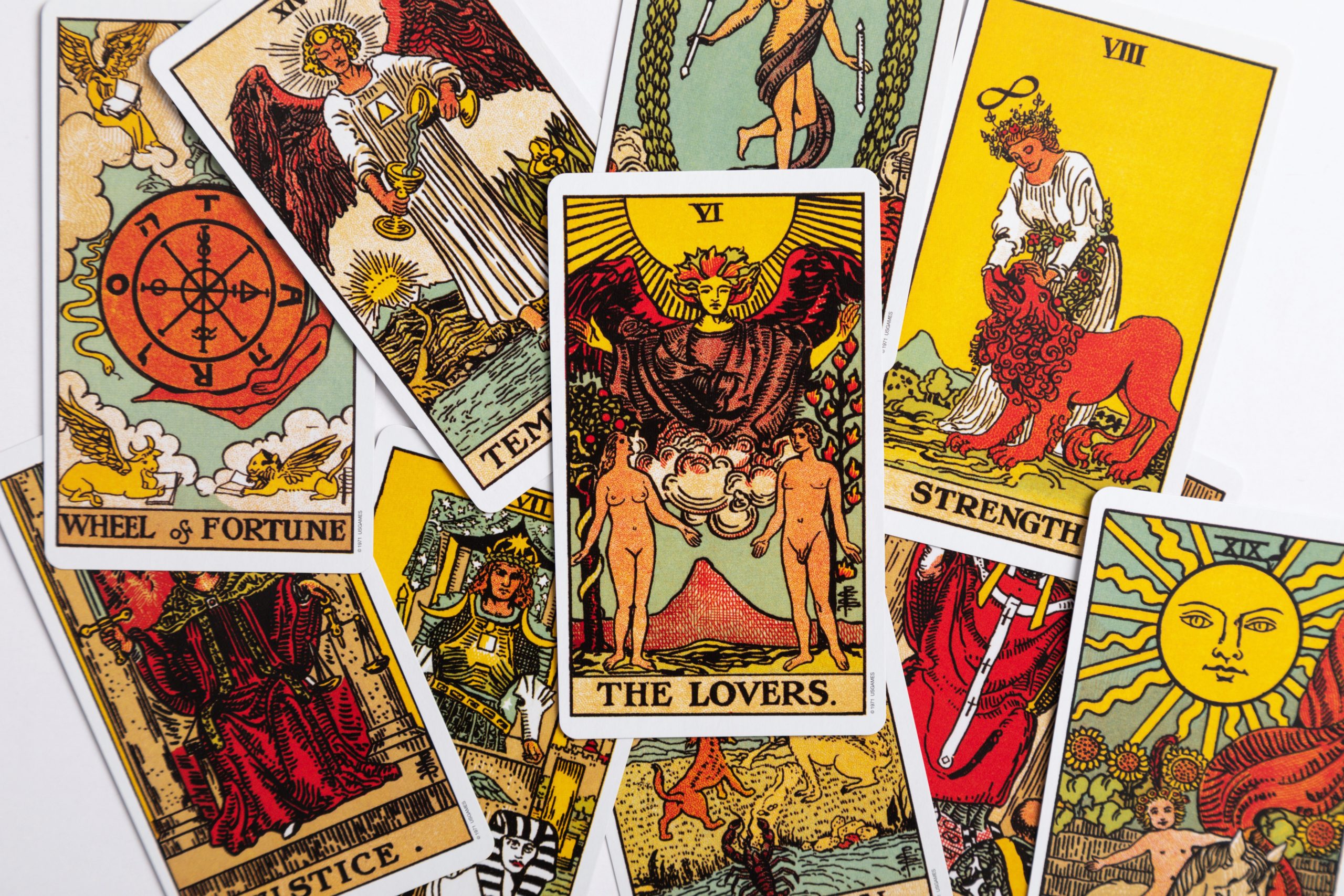Tarot Reading Yes or No: Unveiling the Mysteries
There has always been an aura of mysticism surrounding tarot cards, with their intricate designs and cryptic symbolism. For centuries, they have been used as a tool for divination, providing insights into the past, present, and future. One common application of tarot readings is in answering yes or no questions, offering guidance and clarity on important decisions. In this blog post, we will explore the world of tarot reading yes or no, delving into its origins, methodology, interpretation, and efficacy.
Origins of Tarot Card Reading
The origin of tarot cards can be traced back to the 14th century, in Europe. Initially, they were not used for divination but rather as playing cards in games like Tarocchi. As time passed, mystics and occultists began to recognize the deeper symbolism and spiritual potential of these cards, leading to their use in fortune-telling and divination practices. The 78-card deck, comprising the Major Arcana and Minor Arcana, became the foundation for tarot reading methodologies.
Methodology: Tarot Reading Yes or No
When it comes to answering yes or no questions, tarot readings follow specific methodologies aimed at providing clear and concise responses. Here are two widely used techniques:
- The Three-Card Spread: This simple yet powerful spread involves drawing three cards from the deck. The first card represents the past, the second card signifies the present, and the third card symbolizes the future. Each card is interpreted to reveal insights related to the yes or no question at hand.
- The Yes/No Layout: This approach offers a more direct response to the question. The reader shuffles the deck while focusing on the question, then draws a single card. A positive card typically signifies a yes, while a negative card indicates a no.
While these methodologies provide a framework, the interpretation of the cards relies heavily on the reader’s intuition, experience, and connection with the tarot deck.
Interpreting the Tarot Cards
Interpretation is a crucial aspect of tarot reading, as it brings life and meaning to the cards. When answering yes or no questions, the reader looks for certain elements that suggest affirmative or negative responses. Here are some key factors to consider during interpretation:
- Suit: The suit of a card (Cups, Pentacles, Swords, or Wands) can offer insights into various aspects of life, such as emotions, finances, intellect, and passion. Positive suits often indicate a yes, while negative suits lean towards a no.
- Card Imagery: The imagery and symbols depicted on the cards play a significant role in interpretation. For instance, a card showing a sunrise may suggest a positive outcome, while a card depicting stormy weather might indicate a negative response.
- Card Position: The position of a card within a spread can influence its meaning. Cards in favorable positions may point towards a yes, while those in challenging positions could suggest a no.
Each tarot reader may have their own unique approach to interpretation, so it is essential to find a reader whose style resonates with you.
The Efficacy of Tarot Reading Yes or No
When it comes to assessing the efficacy of tarot reading for yes or no questions, opinions may vary. Some consider it a valuable tool for gaining insights and making informed decisions, while others view it as an entertaining diversion with no real predictive power. Ultimately, the effectiveness of tarot reading depends on various factors:
- Reader’s Skill and Intuition: A skilled and intuitive reader who has honed their craft over time is more likely to provide accurate and meaningful interpretations.
- Question Clarity: The clarity of the question being asked greatly influences the accuracy of the tarot reading. Vague or ambiguous questions may yield ambiguous responses.
- Personal Belief and Openness: A person’s belief in the power of tarot cards and their willingness to embrace the insights it offers can enhance the overall experience and effectiveness of the reading.
It is important to note that tarot readings should not be seen as absolute predictions or a replacement for personal responsibility in decision-making. Instead, they can serve as a tool to tap into one’s intuition and gain deeper self-awareness.
Conclusion
Tarot reading yes or no can provide a fascinating journey into the realm of divination. With its rich history, structured methodologies, and interpretive nuances, tarot reading offers seekers a unique way to explore their questions and gain insights into their lives. Whether you embrace it as a spiritual practice or view it as a form of entertainment, tarot reading has the potential to stimulate self-reflection and help navigate life’s uncertainties. Try it for yourself, keeping an open mind and a curious spirit, and discover what the cards may unveil.
Table of Contents
